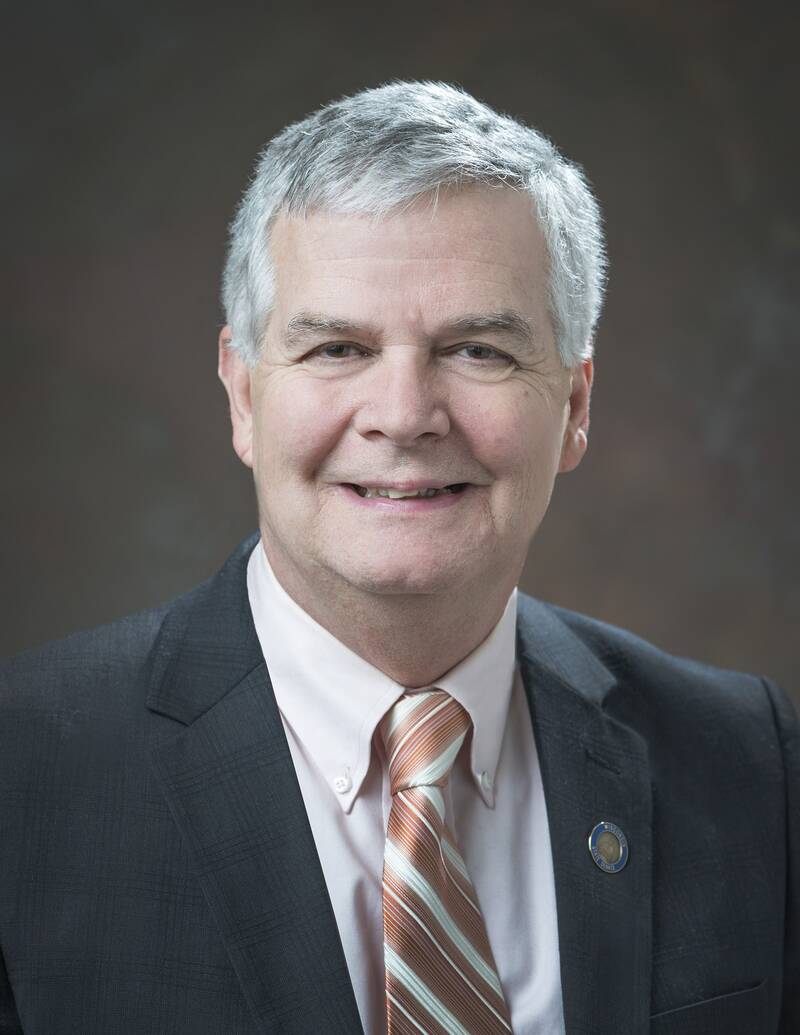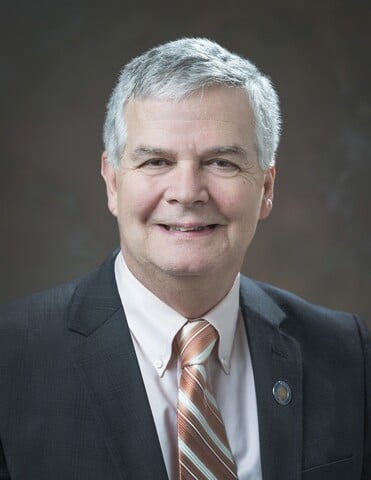The maps are in! Political redistricting maps, that is. These are not the roadmaps you may be accustomed to. You won’t follow a redistricting map to get to your favorite vacation destination.
But, elected officials follow these maps to know the constituents they represent. Some politicians design routes and create a map more advantageous to their party to get to their destination of power.
I probably don’t need to remind you, but every ten years congressional and legislative districts must be redrawn to adjust to population shifts. As simple and logical as that sounds, it’s become a tool used to hold onto power by those in charge. With new technologies and data collection programs on voting patterns, politicians are able to precisely manipulate district lines to favor themselves with ease.
Ten years ago after a wave election, Republicans took the majority of seats in the Senate and Assembly. They used that power to pass maps that notoriously became known as the most gerrymandered maps in the nation.
When democracy works as it’s designed to, voters are able to choose their leaders and shift political power at the ballot box. Between 2001 and 2011 voters were able to shift the legislative majority from one party to the other three times in five election cycles. After the last redistricting process in 2011, one party clung onto the legislative majority—without even a threat of changing hands—in all five cycles. Even when the statewide vote tallies favored Democrats, Republicans held onto nearly two-thirds of the legislative seats.
Last year, the Republican Majority rammed through another version of their maps. This time, however, Governor Evers was able to veto the maps, which allowed the courts to step in. The Wisconsin State Supreme Court chose to take the case.
The Supreme Court also adopted new guidelines created by Republican leaders to protect their gerrymander, the most egregious of which was the concept of “least change” from the current maps. Of course, if Republicans had followed “least change” ten years ago voters would’ve had fair elections the past decade.
The court requested different versions of redistricting maps be submitted to them by mid-December 2021, which included the Republican map and a handful of competing maps.
Last week we learned what maps would be used: the Wisconsin Supreme Court accepted the version submitted by Governor Evers. In the words of Justice Brian Hagedorn, “… we conclude the Governor's legislative maps comply with all relevant legal requirements. Because they are also the maps that produce the least change from the previously enacted maps, we adopt them.”
This decision doesn’t mean, though, that the decision to follow such a flawed directive as “least change” created a map that is fair to voters. On the contrary, it just meant that the map adopted by the court is the best that could be done while least changed from the radically corrupt map it started with. Justice Ann Walsh Bradley wrote, “If this process has shown us anything, it is that the court should depart from the ‘least change’ approach if and when redistricting arrives before it in the decades to come.”
One thing is clear: the process that allows politicians to draw political maps is problematic on many levels. That is why the vast majority of citizens agree that a process overseen by a nonpartisan commission is more favorable to the voters and less susceptible to corruption.
We must accept the court’s decision and begin the work of governing as best we can under these circumstances. It also means we’ll keep on working to introduce, listen, debate and adopt a nonpartisan redistricting process that works for you.
Our democratic republic only works if voters have confidence in those who govern. Our one opportunity to make our voices heard is through voting. Ask your elected officials if they are willing to give up the power to draw their own district. Their answer should be all you need to know about your elected officials.



Add new comment